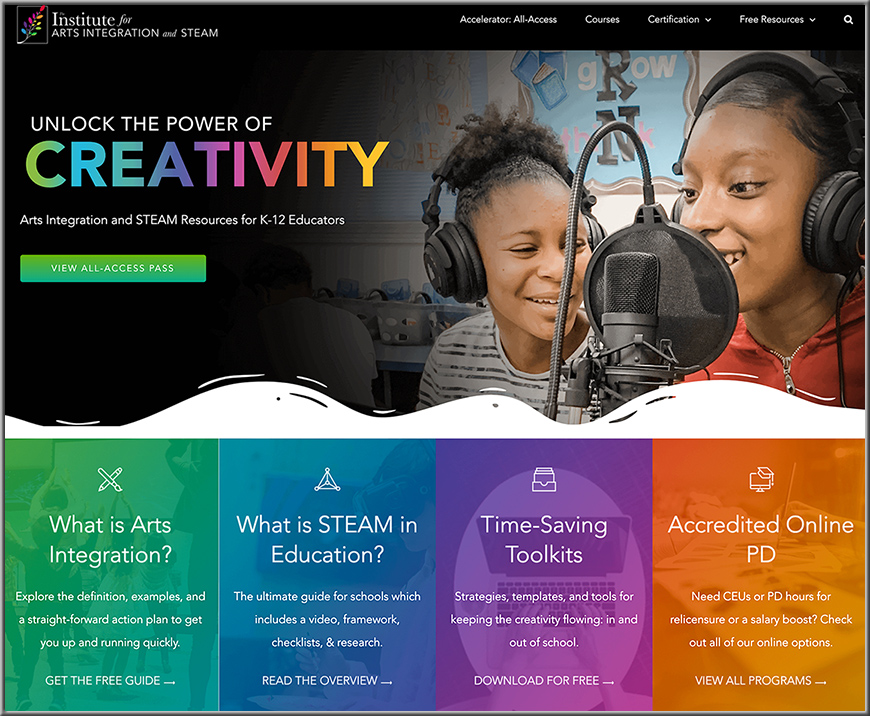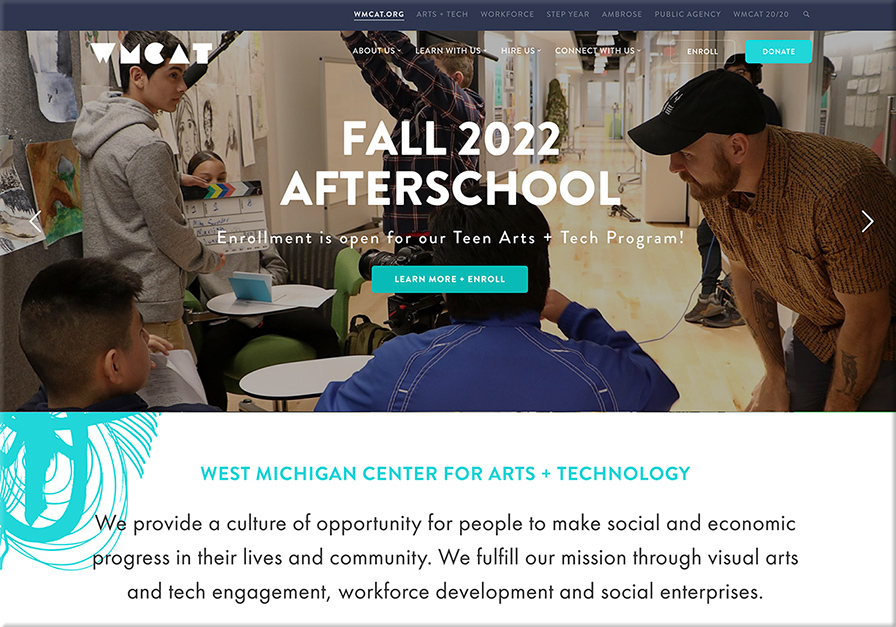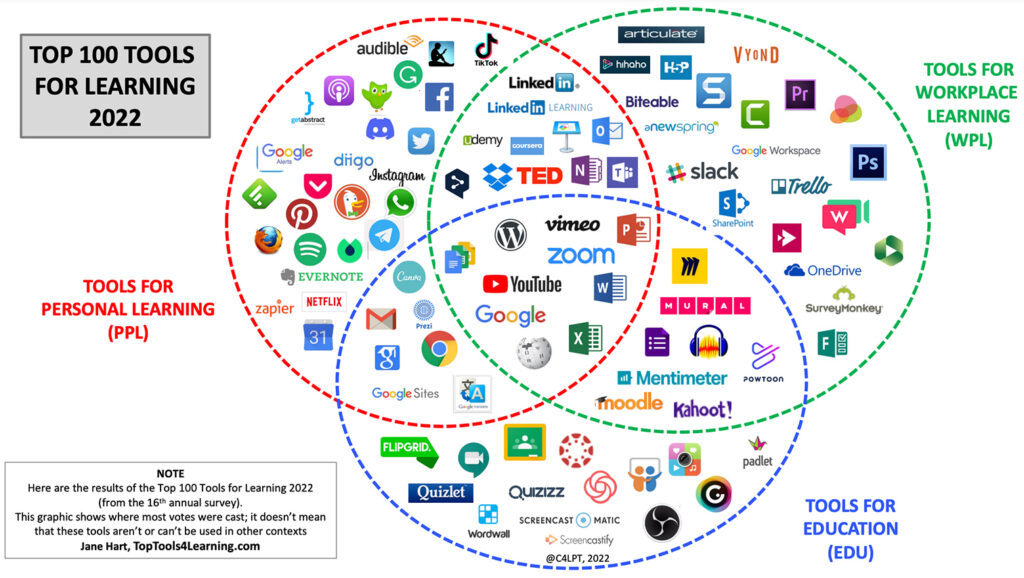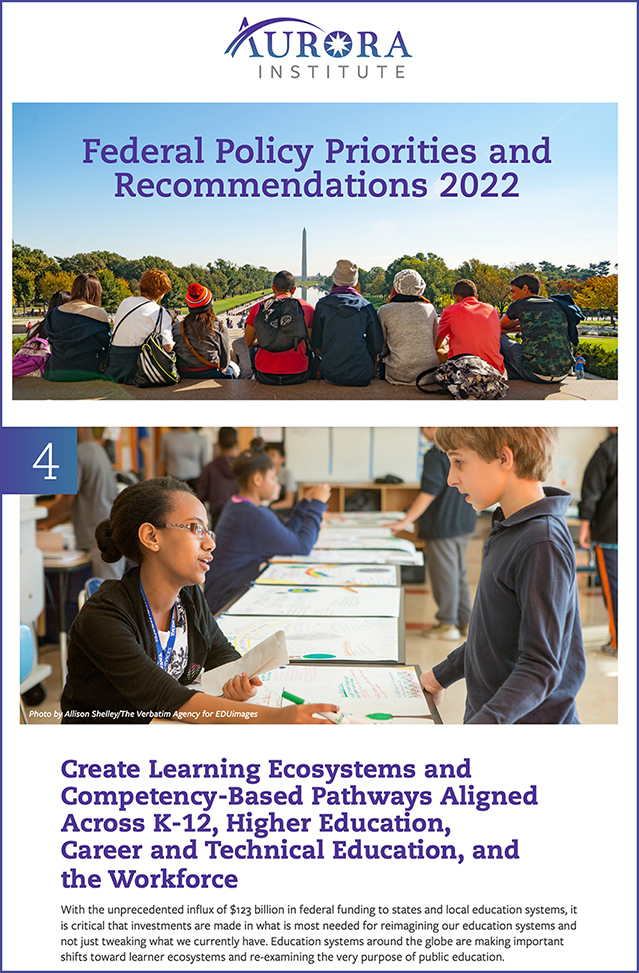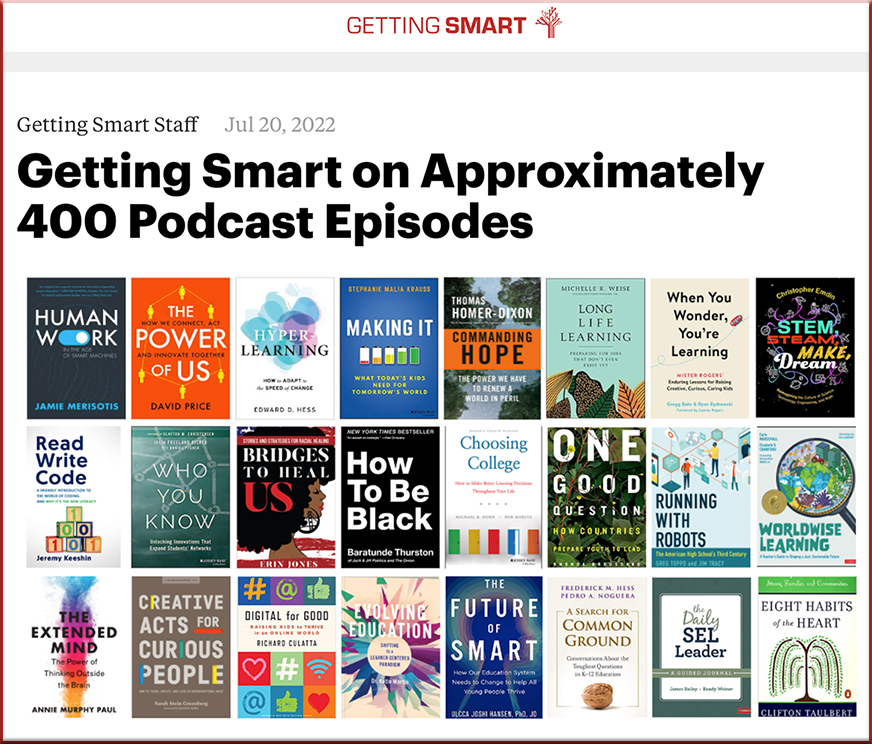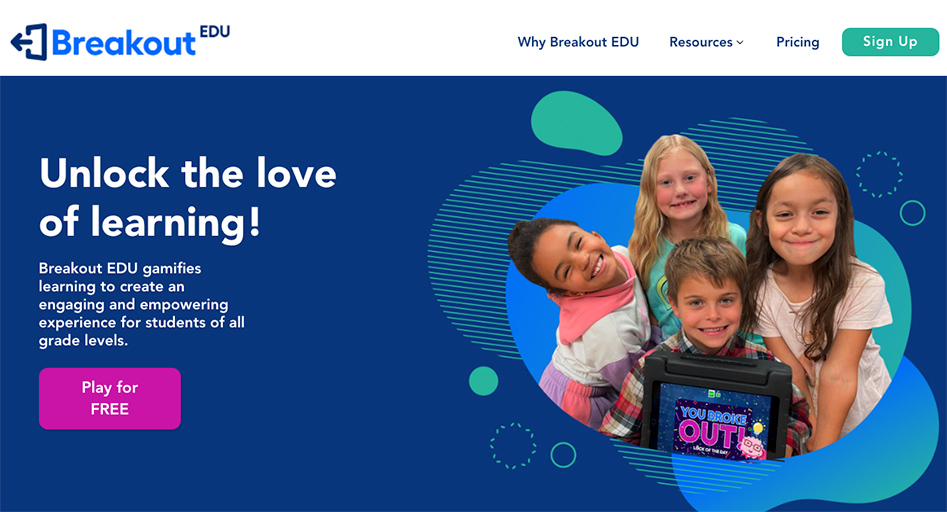Attention higher-ed leaders: Faculty and staff have something to say — from ecampusnews.com by Jen Landon; with thanks to Ray Schroeder for this resource
Higher-ed leaders can apply the same listening skills and level of investment put forth for students toward their workers
Excerpts:
An organization’s greatest asset is its people. In no other industry is that more true than in higher education. The importance of faculty and staff can’t be overstated; they are, in every way, core to carrying out the mission of higher education.
…
Institutions should put employee satisfaction at the top of their list from day one: investing in the growth and success of faculty and staff with as much determination as they invest in student success. This mindset should extend to job candidates as well.
From DSC:
I appreciate some attention being paid here to the career/skill development of faculty and staff, as well as to the attempts to create caring cultures. Higher ed has a lot to learn from the corporate world in terms of training its managers, supervisors, and leadership. Provosts, for example, move out of the academic ranks and I’d bet that most of them have never had any training in being a leader — especially re: the business side of higher ed.
Staff members are key to all institutions of higher education, yet many of them are second-class citizens on many (most?) campuses. They have limited say and even more limited budgets. Even though they have transformed institutions — such as the case with providing online/blended/hyflex-learning — they aren’t lifted up.
For myself, if I didn’t feel like I was growing and learning, I felt stagnant. That’s why blogging has been so wonderful and important to me through the years. The budgets for training one’s staff are very important — as staff members need to stay marketable and relevant. As with most others in the workplace, staff and faculty members may need to reinvent themselves from time to time. Hopefully, this type of growth/reinvention is being supported by the institutions of traditional higher education out there.
Speaking of the workplace and higher education, you might be interested in The Job newsletter. This week’s edition was interesting indeed!









